NIGMS is committed to thoughtful analysis before it initiates new programs and to careful, transparent assessment of ongoing programs at appropriate stages to help determine future directions. In this spirit, we have been assessing our large-scale programs, starting with the Protein Structure Initiative and more recently, the glue grant program.
For the glue grants (which are formally known as Large-Scale Collaborative Project Awards), we engaged in both a process evaluation and an outcomes assessment. These assessments, conducted by independent, well-qualified groups, articulated the strengths and accomplishments, as well as the weaknesses and challenges, of the glue grant program. The main conclusion of the outcomes assessment was that NIGMS should discontinue the current program and in its place create “a suite of modified program(s) to support innovative, interdisciplinary, large scale research” with the recommendation “that awards should be considerably smaller, but larger in number.”
The glue grant program was developed beginning in 1998 in anticipation of substantial increases in the NIH budget. At that time, members of the scientific community were expressing concern about how to support a trend toward interdisciplinary and collaborative science. This was discussed extensively by our Advisory Council. Here’s an excerpt from the minutes of a January 1999 meeting:
“Council discussion centered on why current mechanisms do not satisfy the need; the fact that these will be experiments in the organization of integrative science; the usefulness of consortia in collecting reference data and developing new technology that are difficult to justify on individual projects; the need to include international collaborations; and the need for rapid and open data sharing. Council voted concurrence with NIGMS plans to further develop and issue these initiatives.”
This summary captures many of the key challenges that emerged over the next 12 years in the glue grant program. I’d like to give my perspective on three key points.
First, these grants were always intended to be experiments in the organization of integrative science. One of the most striking features of the glue grants is how different they are from one another based on the scientific challenge being addressed, the nature of the scientific community in which each glue grant is embedded and the approach of the principal investigator and other members of the leadership team. The process evaluation expressed major concern about such differences between the glue grants, but in fact this diversity reflects a core principle of NIGMS: a deep appreciation for the role of the scientific community in defining scientific problems and identifying approaches for addressing them.
Second, as highlighted in both reports, the need for rapid and open data sharing remains a great challenge. All of the glue grants have included substantial investments in information technology and have developed open policies toward data release. However, making data available and successfully sharing data in forms that the scientific community will embrace are not equivalent. And of course, effective data and knowledge sharing is a challenge throughout the scientific community, not just in the glue grants.
Third, the timing for these assessments is challenging. On one hand, it is desirable to perform the assessments as early as possible after the initiation of a new program to inform program management and to indicate the need for potential adjustments. On the other hand, the impact of scientific advances takes time to unfold and this can be particularly true for ambitious, larger-scale programs. It may be interesting to look at the impact of these programs again in the future to gauge their impact over time.
During my time at NIGMS, I have been impressed by the considerable efforts of the Institute staff involved with the glue grants. They have approached the stewardship of this novel program with a critical eye, working to find oversight mechanisms that would facilitate the impact of the grants on the relevant, broad components of the scientific community. As the current program ends, we will continue to think creatively about how best to support collaborative research, bearing in mind the glue grant assessment panel’s recommendation that we explore appropriate mechanisms to support large-scale, collaborative approaches.



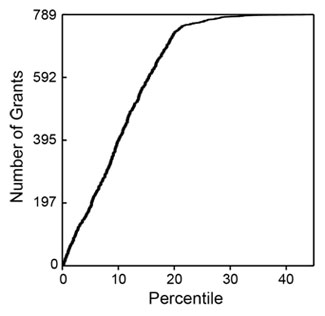
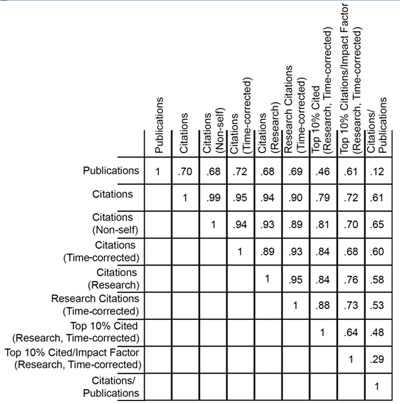
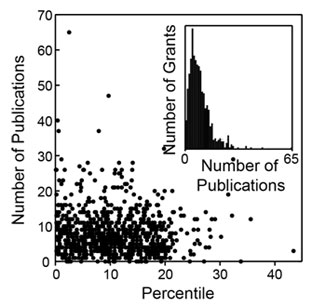
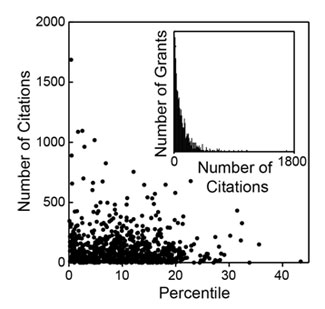
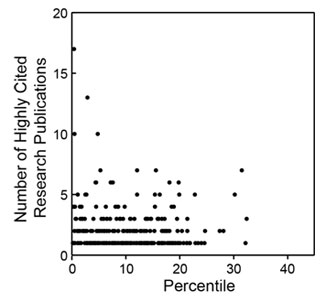
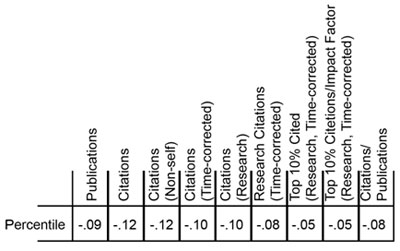
 to plot the cumulative fraction of a given metric as a function of the cumulative fraction of grants, ordered by their percentile scores. Figure 5 shows the Lorentz curve for citations.
to plot the cumulative fraction of a given metric as a function of the cumulative fraction of grants, ordered by their percentile scores. Figure 5 shows the Lorentz curve for citations.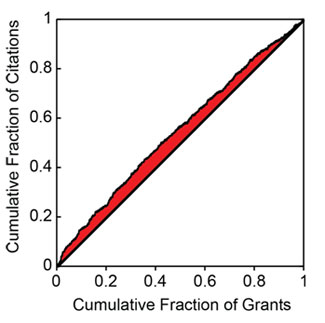

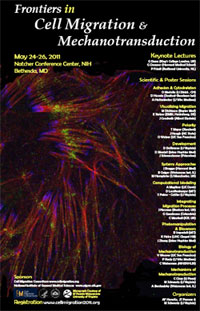 Last week, NIGMS hosted the Frontiers in Cell Migration and Mechanotransduction meeting. It brought together an impressive group of scientists working at many levels, from molecules to cells, tissues and organs.
Last week, NIGMS hosted the Frontiers in Cell Migration and Mechanotransduction meeting. It brought together an impressive group of scientists working at many levels, from molecules to cells, tissues and organs.